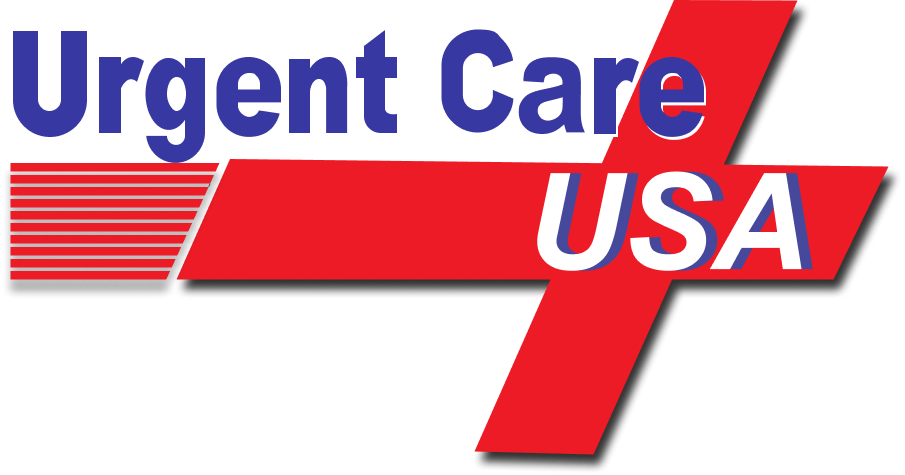Professional Wound Care & Treatment

When to Seek Urgent Care for Cuts & Wounds
Not all cuts require professional medical attention, but many do. At Urgent Care USA, we provide expert wound care to prevent infection, minimize scarring, and ensure proper healing. Our experienced team can quickly assess your injury and provide appropriate treatment, including cleaning, closure, and tetanus updates if needed.
We see cuts and wounds of all types daily and have the equipment and expertise to handle everything from minor lacerations to wounds requiring multiple stitches. Don’t risk infection or improper healing – let us help you heal properly.
Types of Wounds We Treat
- Lacerations: Deep cuts that may require stitches
- Puncture Wounds: From nails, needles, or other sharp objects
- Abrasions: Road rash and scrapes
- Avulsions: Where skin is torn away
- Incisions: Clean cuts from sharp objects
- Bite Wounds: Animal or human bites
- Work-Related Cuts: With proper documentation
- Kitchen Accidents: From knives or broken glass
Signs You Need Professional Wound Care
Visit us immediately if your wound has:
- Gaping edges that won't stay closed
- Depth greater than 1/4 inch
- Length greater than 1/2 inch
- Location on face, joints, hands, or genitals
- Visible fat, muscle, or bone
- Heavy bleeding that won't stop
- Debris you can't remove
- Signs of infection
When to Go to the ER Instead
- Uncontrollable bleeding
- Large wounds on the chest or abdomen
- Wounds with significant tissue loss
- Injuries involving major blood vessels
- Multiple trauma injuries
- Wounds to the eye
How We Treat Cuts & Wounds
Assessment & Cleaning
- Evaluate wound depth and severity
- Irrigate to remove debris
- Apply numbing medication
- Thorough cleaning to prevent infection
Closure Method Selection
- Stitches (Sutures): For deep or gaping wounds
- Skin Adhesive: For small, clean cuts
- Steri-Strips: For minor lacerations
- Staples: For scalp or trunk wounds
Additional Treatment
- Tetanus shot if needed
- Antibiotic ointment application
- Proper wound dressing
- Pain medication if required
Treatment Details
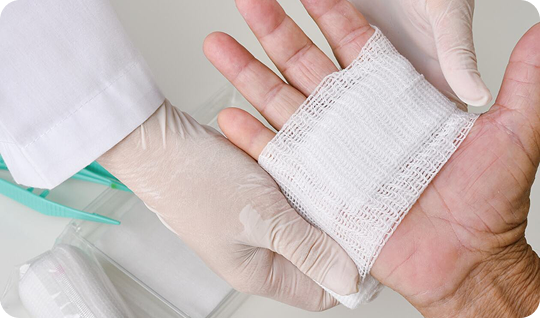
Our Wound Care
- Professional cleaning and irrigation
- Suturing (stitches)
- Wound adhesive application
- Foreign body removal
- Tetanus immunization
- Infection prevention
- Proper bandaging techniques
- Follow-up care instructions

What to Expect
- Numbing injection for comfort
- Thorough wound cleaning
- Appropriate closure method
- Dressing application
- Home care instructions
- Suture removal scheduling
- Work/school excuse if needed
Wound Care Timeline
Day 1-3
Keep wound clean and dry
Day 4-7
Initial healing visible
Day 7-10
Suture removal for face
Day 10-14
Suture removal for body
Week 3-4
Wound strength improving
Month 2-3
Scar maturation begins
Home Care Instructions

First 24 Hours
- Keep wound clean and dry
- Apply ice to reduce swelling
- Take pain medication as directed
- Watch for signs of infection
- Keep dressing in place
- Avoid strenuous activity
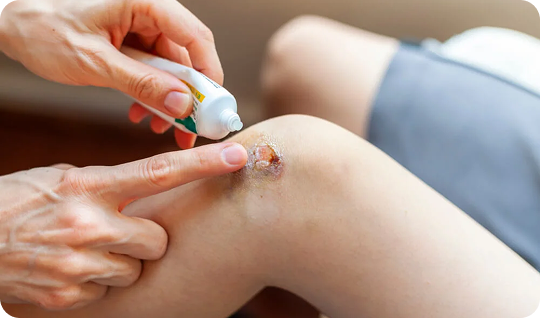
Daily Care
- Clean as instructed
- Apply antibiotic ointment
- Change dressing daily
- Monitor healing progress
- Keep sutures dry
- Protect from sun exposure
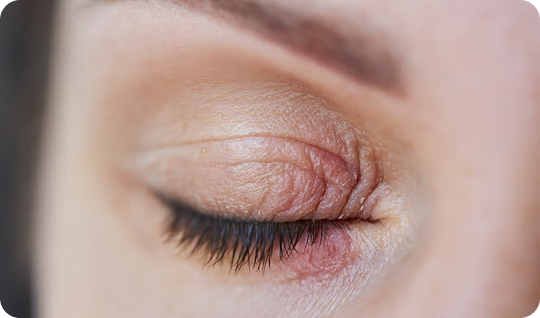
Warning Signs
Seek immediate care if you notice:
- Increasing pain or redness
- Pus or discharge
- Red streaks from wound
- Fever over 100.4°F
- Foul odor
- Wound opening up
Wound Care Pricing
With Insurance
Simple wound (cleaning/steri-strips): $85 standard visit
$85
Self-Pay Package
Moderate complexity (few stitches): $129 moderate visit
$129
Corporate Wellness
Complex repair (multiple stitches): $299 comprehensive visit
$299
Tetanus Information
Tetanus Protection
Tetanus shots are recommended if:
- Last tetanus shot was over 10 years ago
- Wound is dirty or contaminated
- Last shot over 5 years for dirty wounds
- Vaccination status unknown
We provide tetanus boosters on-site
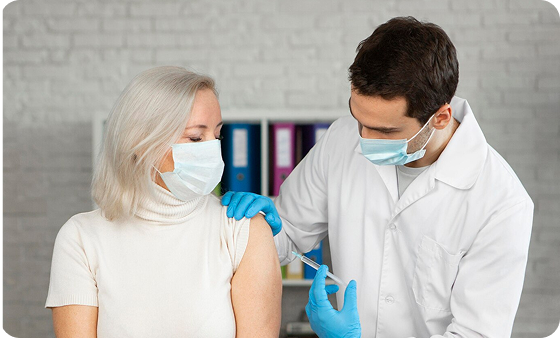
FAQ’s
Frequently Asked Questions
How do I know if I need stitches?
If the wound is gaping, deeper than 1/4 inch, longer than 1/2 inch, or on the face, joints, or hands, you likely need stitches. When in doubt, let us evaluate it.
How long do I have to get stitches?
Best results occur when wounds are closed within 6-8 hours. Facial wounds can sometimes be closed up to 24 hours later. Don’t delay treatment.
Will I have a scar?
All wounds leave some scarring, but proper closure and care minimize scarring. Follow all aftercare instructions for best cosmetic results.
When do stitches come out?
Face: 5-7 days, joints: 10-14 days, body: 7-10 days, scalp: 7-10 days. We’ll schedule your removal appointment.
Can I get stitches wet?
Keep stitches dry for the first 24-48 hours. After that, brief showers are OK, but avoid soaking in baths or pools until removed.
Special Considerations
Children's Wounds
- May need sedation for repairs
- Special closure techniques
- Careful scar prevention
- School notes provided
Facial Wounds
- Extra care for cosmetic results
- May need plastic surgery referral
- Careful suture placement
- Earlier suture removal
Hand Injuries
- Check tendon function
- Assess nerve damage
- May need specialist
- Therapy often needed
Diabetic Patients
- Higher infection risk
- Slower healing time
- Close monitoring needed
- Preventive antibiotics considered
News & Updates
Don't Risk Infection - Get Professional Wound Care
Visit Urgent Care USA immediately for cuts and wounds. Our experienced team provides expert care to ensure proper healing. Walk-ins welcome 7 days a week.
